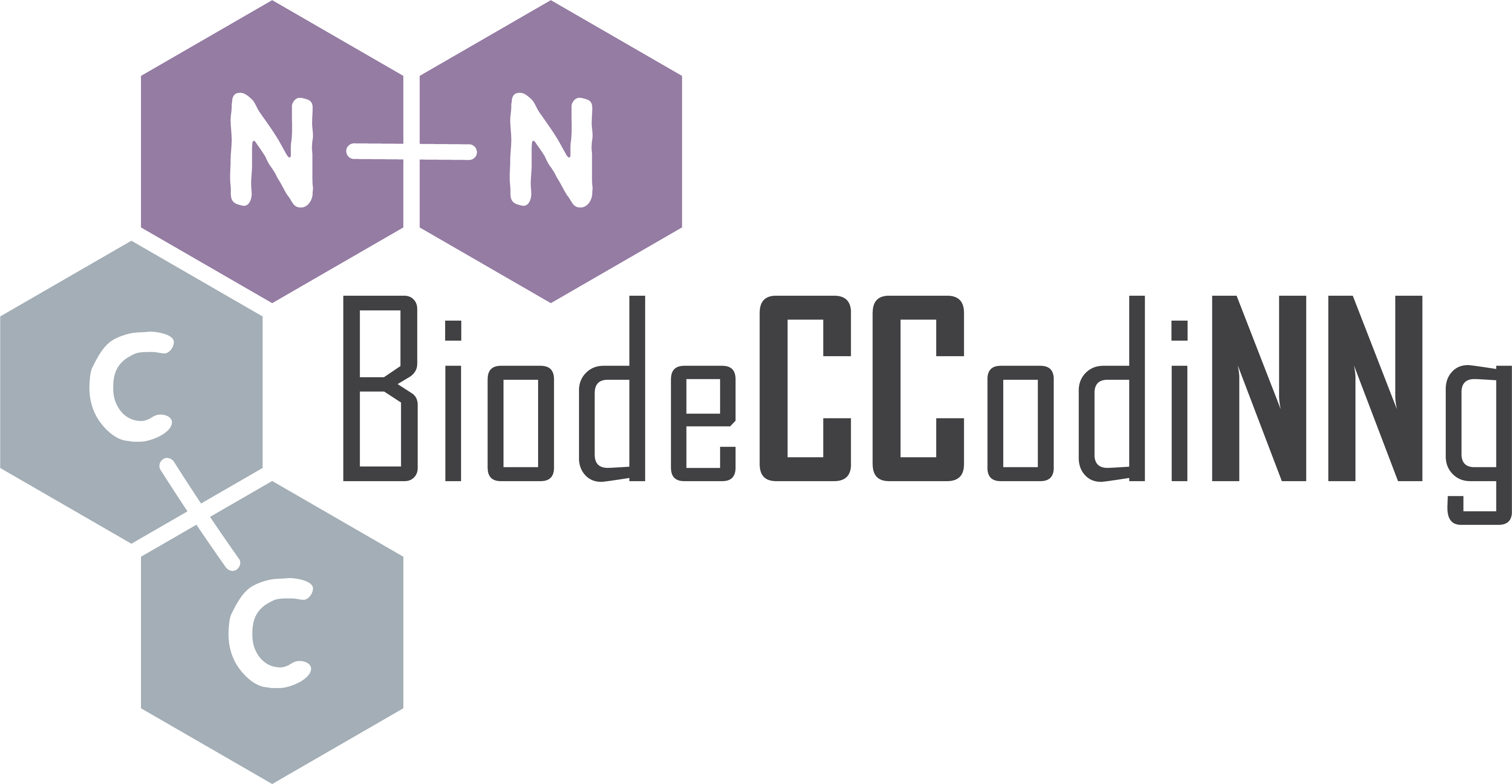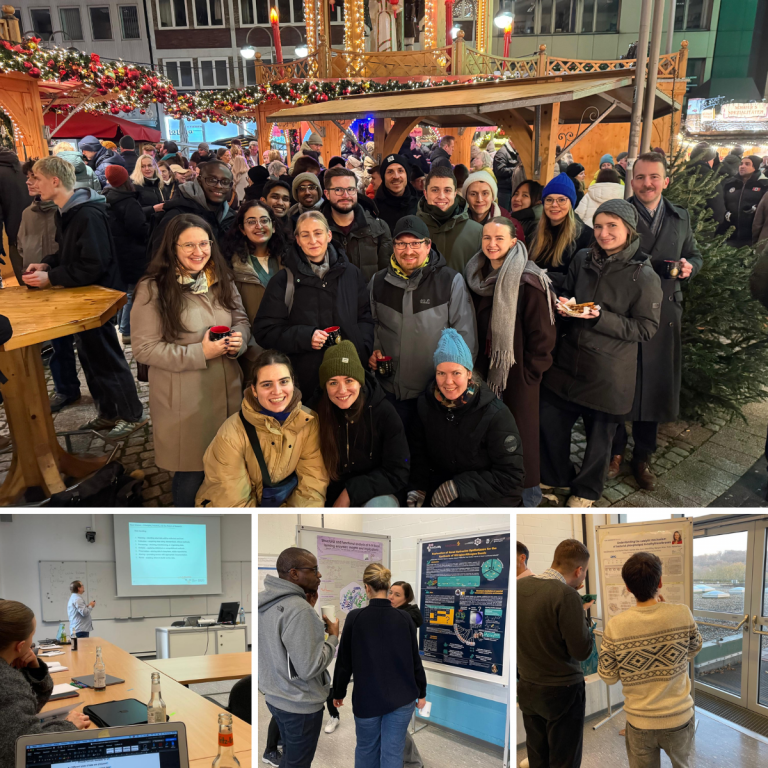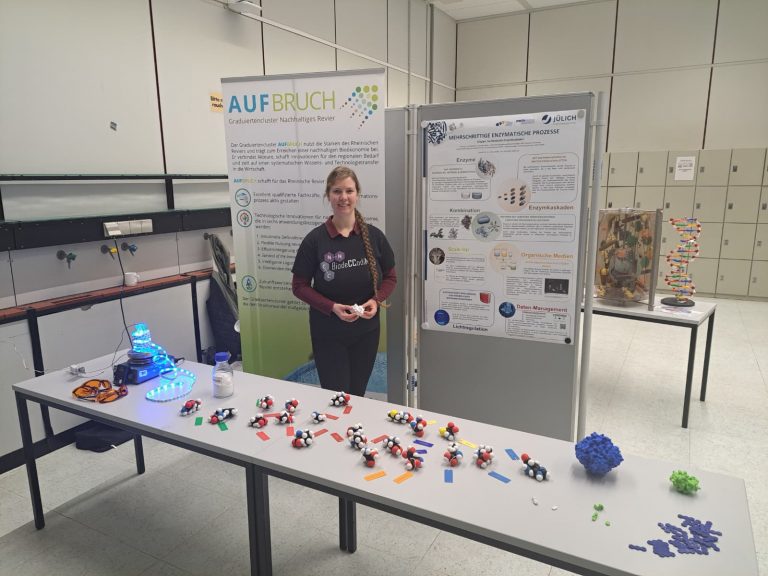Prof. Dr. Dörte Rother

Prof. Dr. Dörte Rother
Affiliation Institute of Bio- and Geosciences 1 (IBG-1): Biotechnology
Forschungszentrum Jülich GmbH
D-52425 Jülich
and
Professor for “Synthetic Enzyme Cascades”
Aachen Biology and Biotechnology, RWTH Aachen University
Phone: +49 2461 616772
Dörte Rother is first supervisor of DC10, work package leader of WP3 “Reaction engineering and biocatalytic applications” and member of the Diversity & Inclusion committee.
Dörte Rother holds a diploma degree in biology from RWTH Aachen University. She conducted her PhD at the Heinrich-Heine University Düsseldorf (with research stays at Karolinska Institute Stockholm, University of Freiburg and University of Stuttgart). In 2008 she received a DFG-postdoc scholarship to work at Aachen University and became in 2009 postdoctoral student at the IBG-1: Biotechnology at the Research Center in Jülich. In 2012 she started her own Helmholtz-young investigators group in Jülich, which is additionally funded by a ERC-starting grant since 2017. In 2018 Dörte Rother was appointed as full professor for `synthetic enzyme cascades’ at Aachen University and leads the group `biocatalysis’ at Research Center Jülich. She received the DECHEMA-Prize 2018 and the Biotrans Junior Award 2019 for her outstanding research activities in multi-step biocatalysis and sustainable process development. She has three children.
Key expertise
We build complex products from renewable raw materials using synthetic enzyme cascades. We combine – in a modular and flexible way – enzymes that do not occur together in nature. Rational enzyme engineering, reaction optimization and process design are used to obtain economically and ecologically efficient cascades. My team of (bio)chemists, biologists and engineers develops these multi-enzyme catalyzed processes with high step and atom efficiency avoiding (toxic) by-products.
We have own facilities for molecular biology, microbiology, enzymology, bio-reaction engineering (various batch, fed-batch, continuous reactors from μscale to lab scale), and instrumental analysis (GC, GC-MS, HPLC, SFC). An bench-top NMR for quick (automated) inline analytics was recently established. For protein production in cells, a DASGIP-fermentation system (up to 4×4 L) and a 30 L-fermenter are available.
Hosting Institution
Hosting Institution Shaping change: This is what drives us at Forschungszentrum Jülich. As a member of the Helmholtz Association with more than 7,000 employees, we conduct research into the possibilities of a digitized society, a climate-friendly energy system, and a resource-efficient economy. We combine natural, life and engineering sciences in the fields of information, energy, and the bioeconomy with specialist expertise in high-performance computing and we also use unique scientific infrastructure. The project is embedded in the group ‘Biocatalysis’ within the Institute of Bio- and Geosciences 1: Biotechnology (IBG-1). The development of biotechnological processes for the production of pharmaceutical and chemical products is the overarching goal of the work in IBG-1. Here, systems biotechnology deals with biochemical engineering.
As Dörte Rother is Professor at RWTH Aachen University, the PhD is assigned to this University of Excellence, located in the west of Germany.
Contact
www.fz-juelich.de/ibg/ibg-1/biocat
https://www.researchgate.net/profile/Doerte-Rother
https://www.iamb.rwth-aachen.de/cms/iamb/Das-Institut/~ilrh/Team/lidx/1/
Relevant Publications
Mack K, Doeker M, Grabowski L, Jupke A, Rother D. 2021. Extractive in-situ product removal for the application of naturally produced L-alanine as amine donor in enzymatic metaraminol production. Green Chem. DOI: 10.1039/D1GC00852H Erdmann V, Sehl T, Frindi-Wosch I, Simon R C, Kroutil W, Rother D. 2019. Methoxamine Synthesis in a Biocatalytic 1-Pot 2 Step Cascade Approach. ACS Catal. 9 (8): 7380-7388 Sehl T, Bock S, Marx L, Maugeri Z, Walter L, Westphal R, Vogel C, Menyes U, Erhardt M, Müller M, Pohl M, Rother D. 2017. Asymmetric synthesis of (S)-phenylacetylcarbinol–closing a gap in C–C bond formation. Green Chem. 19: 380-384 |








